Grow Borage at Home? Absolutely! And I’m here to tell you it’s easier than you think. Forget those complicated gardening guides – we’re diving into simple, effective DIY tricks that will have you harvesting beautiful borage in no time. Have you ever wondered how to add a touch of vibrant blue and a hint of cucumber flavor to your summer salads? Or perhaps you’re intrigued by the historical uses of this fascinating herb?
Borage, also known as starflower, boasts a rich history, dating back to ancient Rome where it was believed to instill courage. Throughout the centuries, it’s been used medicinally and culinarily, adding a unique flair to various cultures. But beyond its historical significance, growing borage at home offers a wealth of benefits.
In today’s world, where we’re increasingly conscious of what we consume and where it comes from, having fresh herbs readily available is a game-changer. Plus, let’s be honest, who doesn’t love the satisfaction of nurturing a plant from seed to harvest? This DIY guide will provide you with practical tips and tricks to successfully grow borage at home, even if you’re a complete beginner. We’ll cover everything from seed starting to harvesting, ensuring you have a thriving borage patch that will impress your friends and family. So, grab your gardening gloves, and let’s get started!
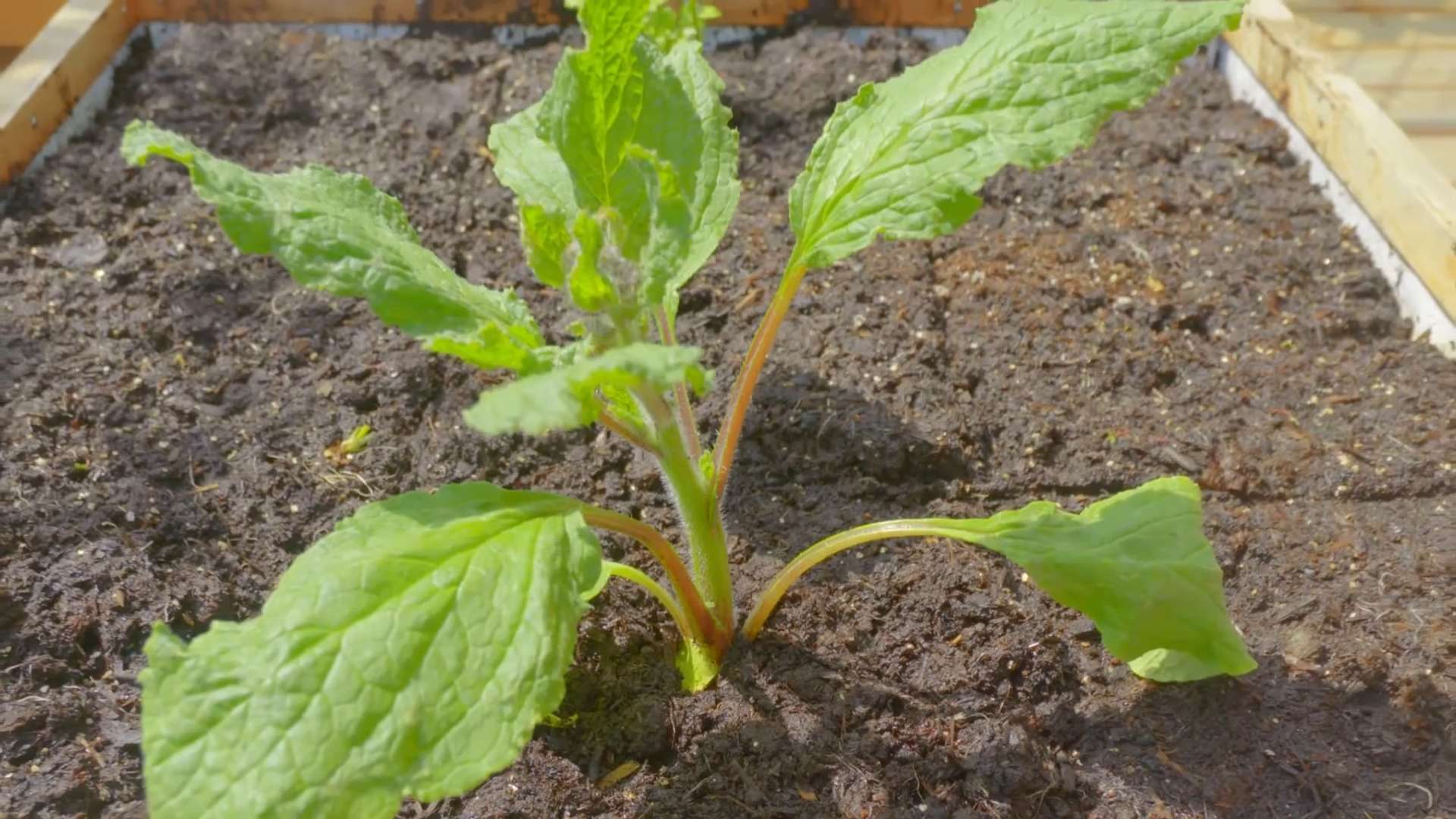
Growing Borage: A Beginner’s Guide to This Bee-Loving Herb
Hey there, fellow gardening enthusiasts! I’m so excited to share my experience with growing borage, also known as starflower. This beautiful herb is not only easy to grow, but it’s also a fantastic addition to any garden, attracting pollinators like bees and adding a unique cucumber-like flavor to your dishes. Let’s dive into how you can cultivate your own thriving borage patch!
Why Grow Borage?
Before we get started, let’s talk about why you should consider growing borage. Here are a few compelling reasons:
* Attracts Pollinators: Borage is a bee magnet! Its vibrant blue flowers are irresistible to bees and other beneficial insects, making it a great companion plant for your vegetable garden.
* Edible Flowers and Leaves: Both the flowers and young leaves are edible. The flowers have a mild cucumber flavor and can be used in salads, drinks, and as a garnish. The leaves, when young, can be added to salads or cooked like spinach.
* Soil Improvement: Borage is a dynamic accumulator, meaning it draws nutrients from the soil and stores them in its leaves. When the plant dies back or is composted, these nutrients are released back into the soil, enriching it for future plantings.
* Easy to Grow: Borage is incredibly easy to grow from seed and tolerates a wide range of conditions. It’s a great choice for beginner gardeners.
* Natural Pest Repellent: Some gardeners believe that borage can repel certain pests, such as tomato hornworms and cabbage moths.
Getting Started: What You’ll Need
Before you start sowing seeds, gather these essential supplies:
* Borage Seeds: You can find borage seeds at most garden centers or online. Choose a reputable supplier to ensure good germination rates.
* Potting Mix (for starting indoors): If you’re starting seeds indoors, use a good quality seed-starting mix or potting mix.
* Small Pots or Seed Trays (for starting indoors): These will provide a protected environment for your seedlings to get a head start.
* Garden Soil: Borage prefers well-drained soil. Amend your garden soil with compost or other organic matter to improve drainage and fertility.
* Watering Can or Hose: You’ll need a way to water your seeds and seedlings regularly.
* Gardening Gloves: Protect your hands while working in the garden.
* Optional: Compost or Organic Fertilizer: To enrich the soil and provide your borage plants with extra nutrients.
Sowing Borage Seeds: Two Approaches
You can start borage seeds either indoors or directly in the garden. Here’s a breakdown of both methods:
Starting Seeds Indoors (Optional)
Starting seeds indoors gives you a head start on the growing season, especially if you live in a colder climate.
1. Fill Pots with Potting Mix: Fill your small pots or seed trays with a good quality potting mix, leaving about half an inch of space at the top.
2. Sow the Seeds: Sow 2-3 borage seeds per pot, about 1/4 inch deep.
3. Water Gently: Water the pots gently to moisten the soil. Avoid overwatering, which can lead to damping off.
4. Provide Light and Warmth: Place the pots in a warm, sunny location or under grow lights. Borage seeds need light to germinate.
5. Keep the Soil Moist: Keep the soil consistently moist but not soggy. Water when the top inch of soil feels dry to the touch.
6. Thin Seedlings (if necessary): Once the seedlings emerge and have a few true leaves, thin them to one plant per pot. Choose the strongest seedling and snip off the others at the soil line.
7. Harden Off Seedlings: Before transplanting your seedlings outdoors, you’ll need to harden them off. This process gradually acclimates them to outdoor conditions. Start by placing the seedlings outdoors in a sheltered location for a few hours each day, gradually increasing the amount of time they spend outside over the course of a week.
Direct Sowing in the Garden
Direct sowing is the easiest way to grow borage, especially if you live in a warmer climate.
1. Prepare the Soil: Choose a sunny spot in your garden with well-drained soil. Amend the soil with compost or other organic matter to improve drainage and fertility.
2. Sow the Seeds: Sow the borage seeds directly into the soil, about 1/4 inch deep and 6-12 inches apart.
3. Water Gently: Water the soil gently to moisten it.
4. Keep the Soil Moist: Keep the soil consistently moist until the seeds germinate.
5. Thin Seedlings (if necessary): Once the seedlings emerge, thin them to 12-18 inches apart.
Caring for Your Borage Plants
Once your borage plants are established, they’re relatively low-maintenance. Here’s what you need to know:
* Watering: Water your borage plants regularly, especially during dry periods. Borage prefers consistently moist soil, but avoid overwatering, which can lead to root rot.
* Sunlight: Borage thrives in full sun, but it can tolerate partial shade. Aim for at least 6 hours of sunlight per day.
* Fertilizing: Borage doesn’t require a lot of fertilizer. However, you can give your plants a boost by adding compost or organic fertilizer to the soil in the spring.
* Deadheading: To encourage continuous blooming, deadhead spent flowers regularly. This will also prevent the plant from self-seeding too aggressively.
* Pest and Disease Control: Borage is generally pest and disease-resistant. However, keep an eye out for common garden pests like aphids and spider mites. If you notice any problems, treat them with an appropriate organic insecticide or fungicide.
* Support: Borage plants can get quite tall and leggy, especially in windy areas. You may need to provide support for your plants using stakes or cages.
Harvesting Borage
You can start harvesting borage leaves and flowers as soon as the plants are large enough.
* Harvesting Leaves: Harvest the young, tender leaves for the best flavor. Use scissors or a knife to cut the leaves from the plant.
* Harvesting Flowers: Harvest the flowers when they are fully open. Gently pluck the flowers from the plant.
* Using Borage: Use the leaves and flowers fresh in salads, drinks, and as a garnish. You can also dry the leaves for later use in teas and other culinary applications.
Troubleshooting Common Problems
Even with the best care, you may encounter some problems while growing borage. Here are a few common issues and how to address them:
* Leggy Growth: If your borage plants are getting too tall and leggy, it could be due to insufficient sunlight. Move your plants to a sunnier location or provide them with supplemental lighting.
* Yellowing Leaves: Yellowing leaves can be a sign of overwatering or nutrient deficiency. Check the soil moisture and adjust your watering schedule accordingly. You can also amend the soil with compost or organic fertilizer to provide your plants with extra nutrients.
* Pest Infestations: Keep an eye out for common garden pests like aphids and spider mites. Treat any infestations with an appropriate organic insecticide.
* Powdery Mildew: Powdery mildew is a fungal disease that can affect borage plants, especially in humid conditions. To prevent powdery mildew, provide good air circulation around your plants and avoid overhead watering. If you notice signs of powdery mildew, treat your plants with an appropriate organic fungicide.
Borage Varieties
While the common borage (Borago officinalis) is the most widely grown variety, there are a few other options to consider:
* Alba: This variety produces white flowers instead of the traditional blue.
* Variegata: This variety has variegated leaves with white or yellow markings.
Borage as a Companion Plant
Borage is a great companion plant for many vegetables and herbs. Here are a few of its beneficial relationships:
* Tomatoes: Borage is said to repel tomato hornworms and improve tomato flavor.
* Strawberries: Borage attracts pollinators to strawberry plants, increasing fruit production.
* Squash: Borage can help deter squash bugs.
* Cabbage: Borage is believed to repel cabbage moths.
Saving Borage Seeds
If you want to save seeds from your borage plants for future plantings, here’s how:
1. Allow Flowers to Dry: Let the flowers dry on the plant until the petals fall off and the seed pods turn brown.
2. Collect the Seed Pods: Cut off the seed pods and place them in a paper bag.
3.
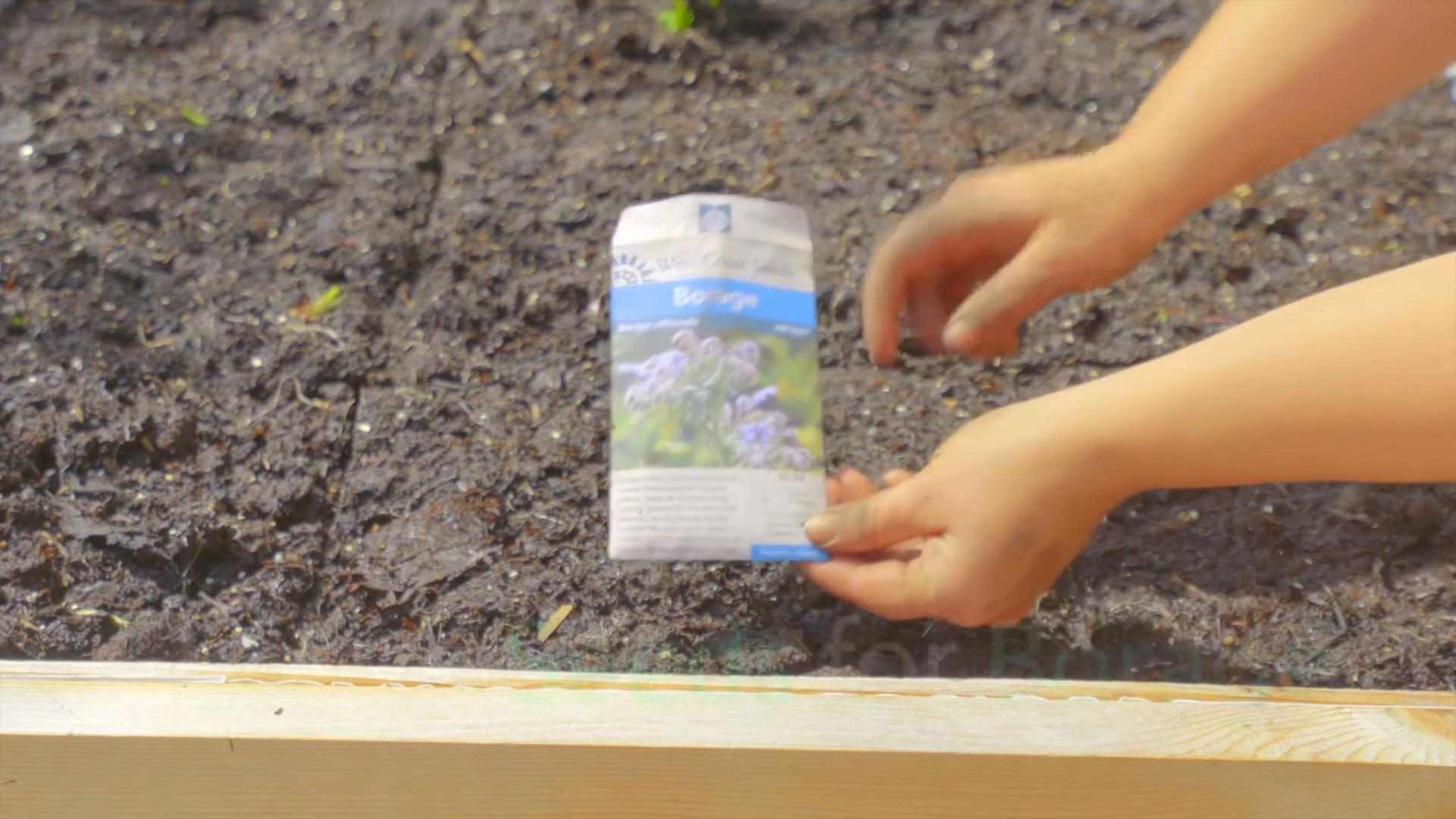
Conclusion
So, there you have it! Growing borage at home is not only achievable, but it’s also a rewarding experience that brings a touch of beauty and practicality to your garden and kitchen. We’ve walked you through the simple steps, from selecting the right seeds to nurturing your borage plants to full bloom. But why is this DIY trick a must-try?
Firstly, consider the sheer freshness and convenience. Imagine stepping out into your garden and harvesting vibrant blue borage flowers or crisp, cucumber-flavored leaves whenever you need them. No more trips to the grocery store or reliance on potentially wilted herbs. You have a readily available supply of this versatile plant right at your fingertips.
Secondly, growing your own borage allows you to control the growing environment. You can ensure that your plants are free from harmful pesticides and herbicides, resulting in a healthier and more flavorful product. This is especially important if you plan to use borage in culinary applications or for its medicinal properties.
Thirdly, borage is a fantastic companion plant. It attracts pollinators like bees and butterflies to your garden, boosting the overall health and productivity of your other plants. It also deters certain pests, making it a natural and effective way to protect your garden from unwanted visitors.
But the benefits don’t stop there. Borage is incredibly versatile. You can use the flowers to garnish salads, cocktails, and desserts, adding a touch of elegance and a subtle cucumber flavor. The leaves can be used in soups, stews, and salads, providing a refreshing and unique taste. And let’s not forget the medicinal properties of borage, which have been used for centuries to treat various ailments.
Ready to take your borage growing to the next level? Consider these variations:
* Container Gardening: If you have limited space, borage thrives in containers. Choose a large pot with well-draining soil and place it in a sunny location.
* Succession Planting: To ensure a continuous supply of borage throughout the growing season, sow seeds every few weeks.
* Borage Tea: Dry the leaves and flowers to make a soothing and refreshing borage tea.
* Borage Oil: While extracting borage oil at home is complex, knowing you grew the source material adds a layer of satisfaction.
Growing borage at home is more than just a gardening project; it’s an investment in your health, your garden, and your culinary adventures. It’s a chance to connect with nature, learn new skills, and enjoy the fruits (or rather, the flowers and leaves) of your labor.
So, what are you waiting for? Grab some borage seeds, prepare your garden or containers, and embark on this exciting journey. We’re confident that you’ll be amazed by the results. And once you’ve experienced the joy of growing your own borage, we encourage you to share your experiences with us. Tell us about your successes, your challenges, and your favorite ways to use this wonderful plant. Let’s create a community of borage enthusiasts and inspire others to discover the magic of growing their own food and herbs. Happy growing!
FAQ
What are the best conditions for growing borage?
Borage thrives in full sun, requiring at least 6-8 hours of direct sunlight per day. It prefers well-drained soil that is rich in organic matter. While borage is relatively drought-tolerant once established, it’s important to keep the soil consistently moist, especially during germination and early growth stages. The ideal soil pH for borage is between 6.0 and 7.5. If your soil is heavy clay or sandy, amend it with compost or other organic matter to improve drainage and fertility.
How often should I water my borage plants?
Water your borage plants deeply whenever the top inch of soil feels dry to the touch. Avoid overwatering, as this can lead to root rot. During hot, dry weather, you may need to water more frequently. Mulching around the base of the plants can help to retain moisture and suppress weeds.
When is the best time to harvest borage flowers and leaves?
Harvest borage flowers when they are fully open and vibrant blue. The best time to harvest is in the morning, after the dew has dried. Gently pluck the flowers from the stem. Harvest borage leaves when they are young and tender, before they become too coarse. You can harvest leaves throughout the growing season. Simply snip them off the plant with scissors or pruning shears.
How do I prevent borage from self-seeding excessively?
Borage is known for its prolific self-seeding. To prevent it from spreading too aggressively, deadhead the flowers regularly before they go to seed. You can also collect the seeds and save them for planting next year. If you find that borage is spreading too much, you can pull up unwanted seedlings.
Is borage safe to eat?
Yes, borage flowers and leaves are generally safe to eat in moderation. However, borage contains pyrrolizidine alkaloids (PAs), which can be toxic to the liver if consumed in large quantities over a long period of time. Therefore, it’s important to consume borage in moderation and to avoid using it as a primary source of food. Pregnant and breastfeeding women should avoid consuming borage.
Can I grow borage indoors?
While borage prefers to grow outdoors in full sun, it is possible to grow it indoors with sufficient light. Place your borage plant near a sunny window or under grow lights. Make sure the pot has good drainage and use a well-draining potting mix. Water regularly and fertilize occasionally with a balanced liquid fertilizer.
What are some common pests and diseases that affect borage?
Borage is generally resistant to pests and diseases. However, it can occasionally be affected by aphids, spider mites, or powdery mildew. To control aphids and spider mites, spray the plants with insecticidal soap or neem oil. To prevent powdery mildew, ensure good air circulation around the plants and avoid overhead watering.
How can I use borage in cooking?
Borage flowers and leaves have a mild, cucumber-like flavor. The flowers can be used to garnish salads, cocktails, and desserts. The leaves can be used in soups, stews, and salads. Borage can also be used to make tea.
What are the medicinal properties of borage?
Borage has been traditionally used to treat various ailments, including skin conditions, respiratory problems, and inflammation. Borage oil is rich in gamma-linolenic acid (GLA), an omega-6 fatty acid that has anti-inflammatory properties. However, it’s important to consult with a healthcare professional before using borage for medicinal purposes.
Where can I buy borage seeds?
Borage seeds are widely available at garden centers, nurseries, and online retailers. Look for reputable seed suppliers that offer high-quality seeds. You can also save seeds from your own borage plants to plant next year.


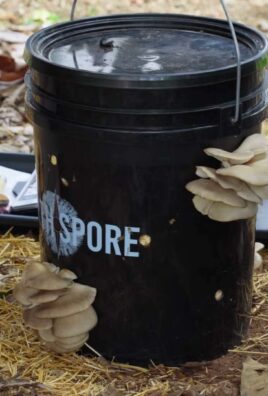
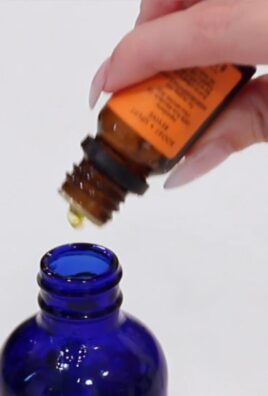
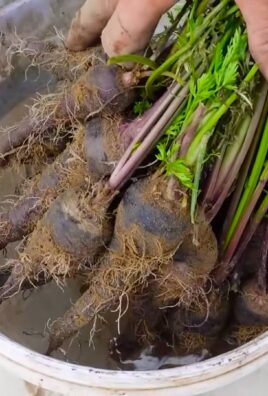
Leave a Comment